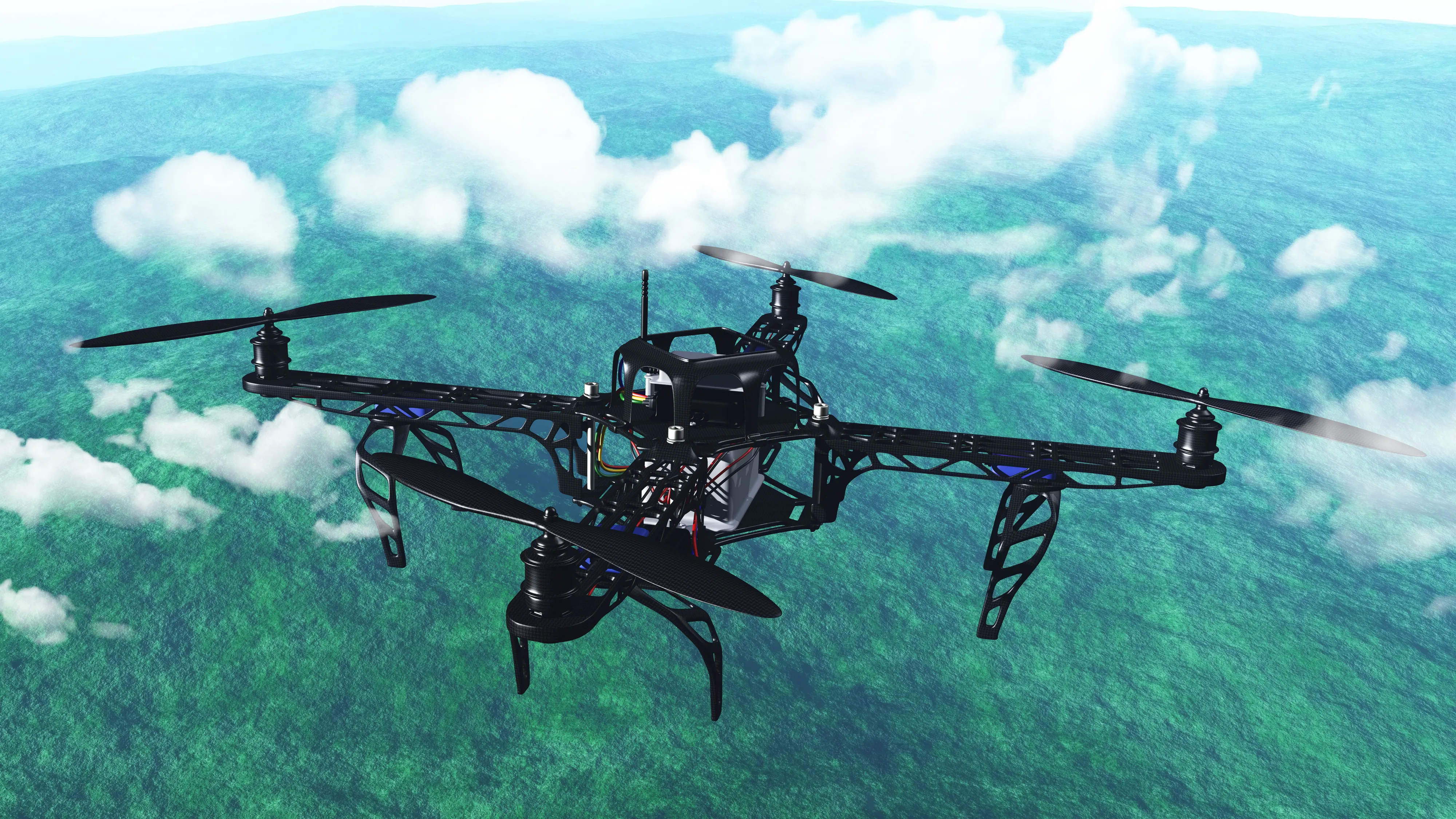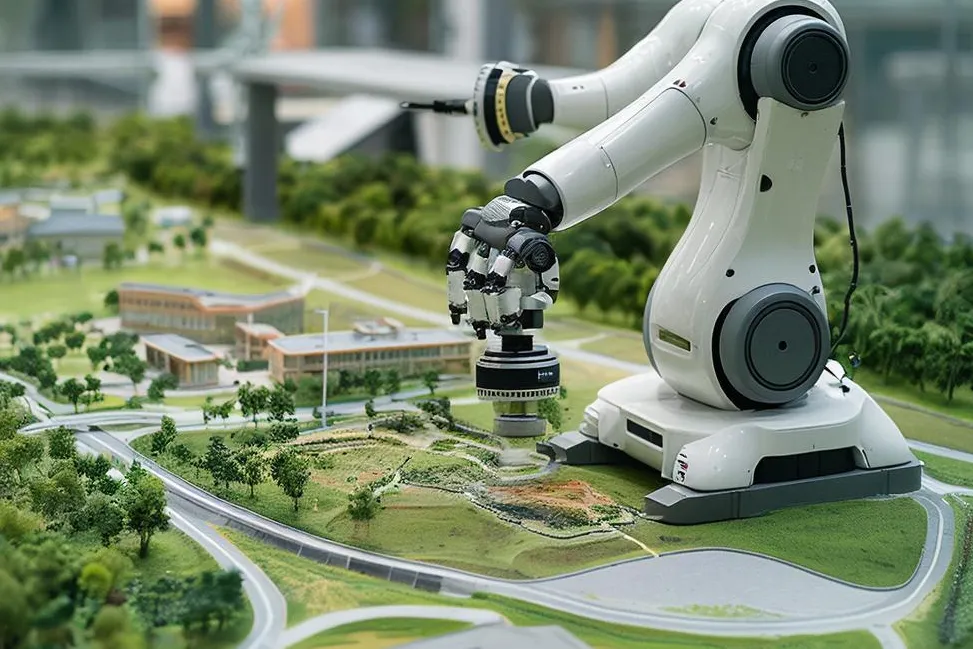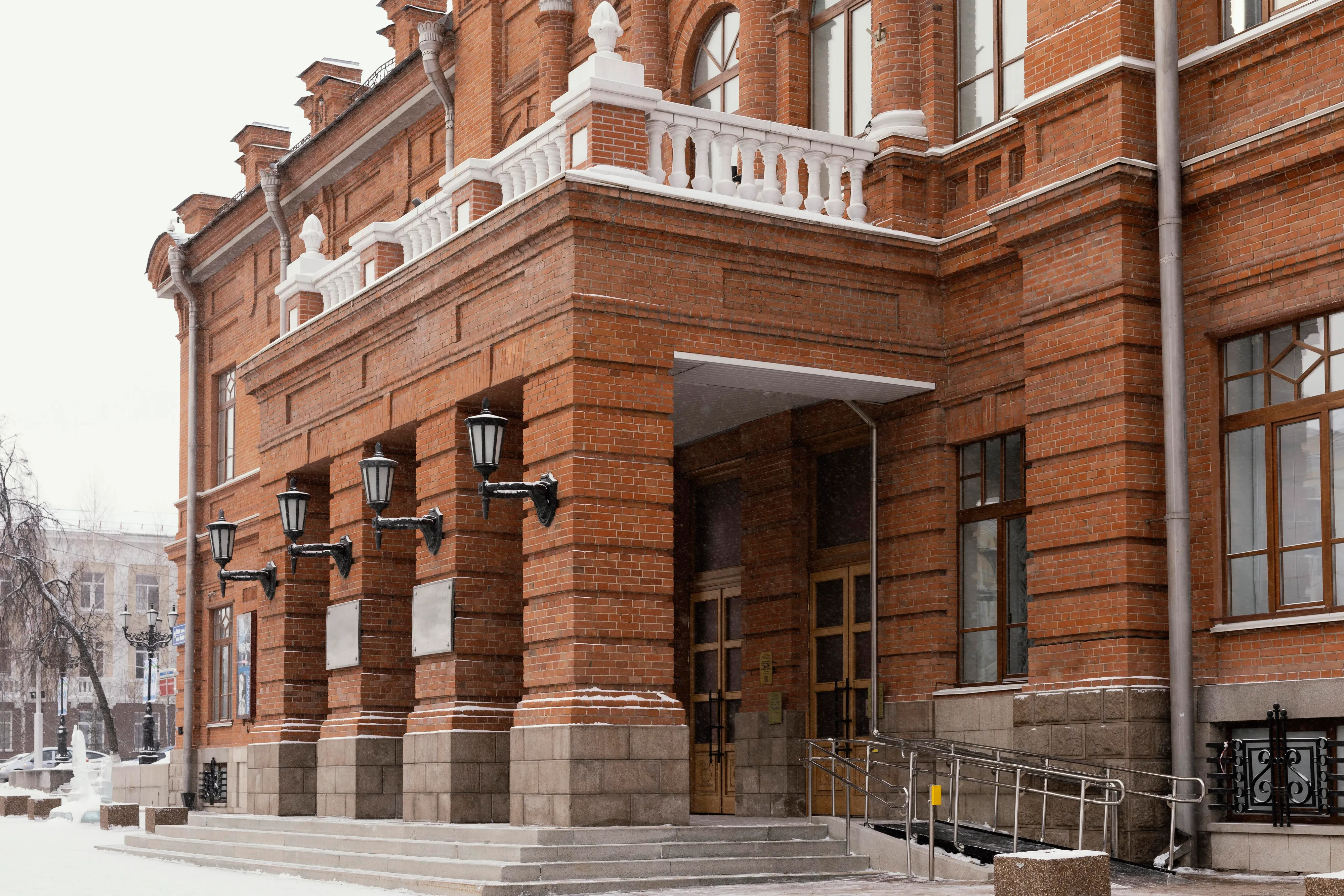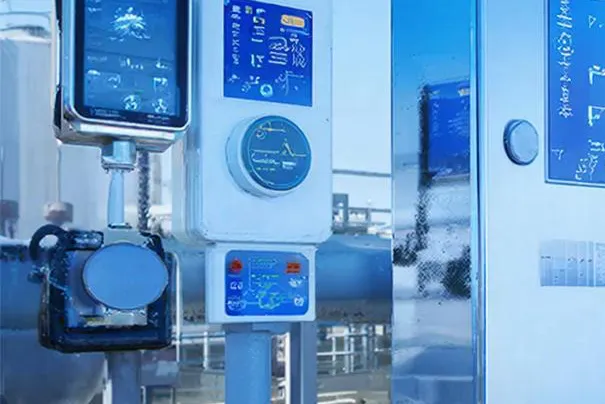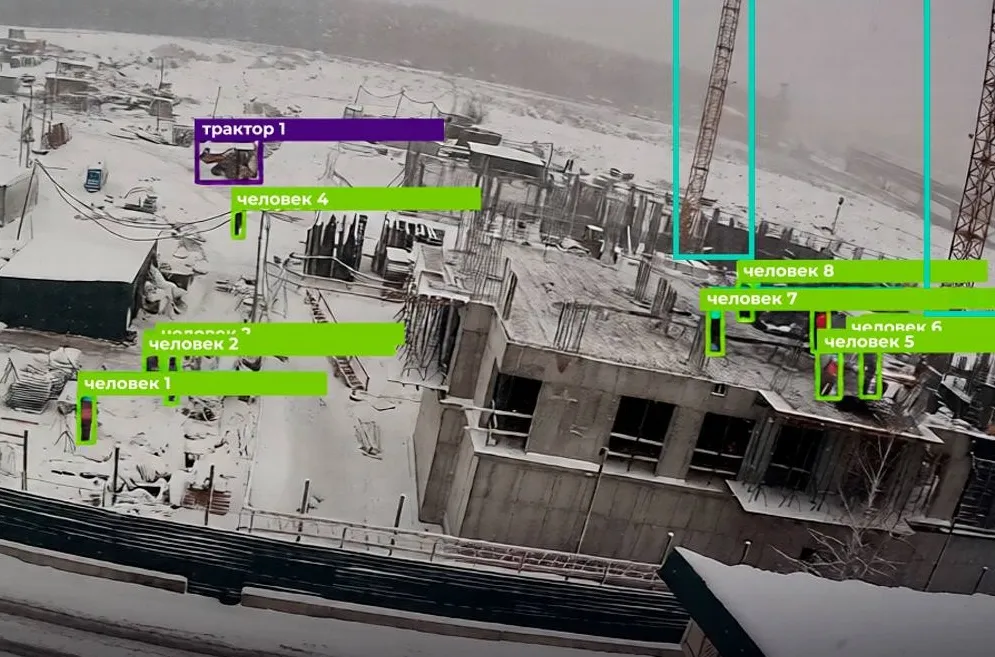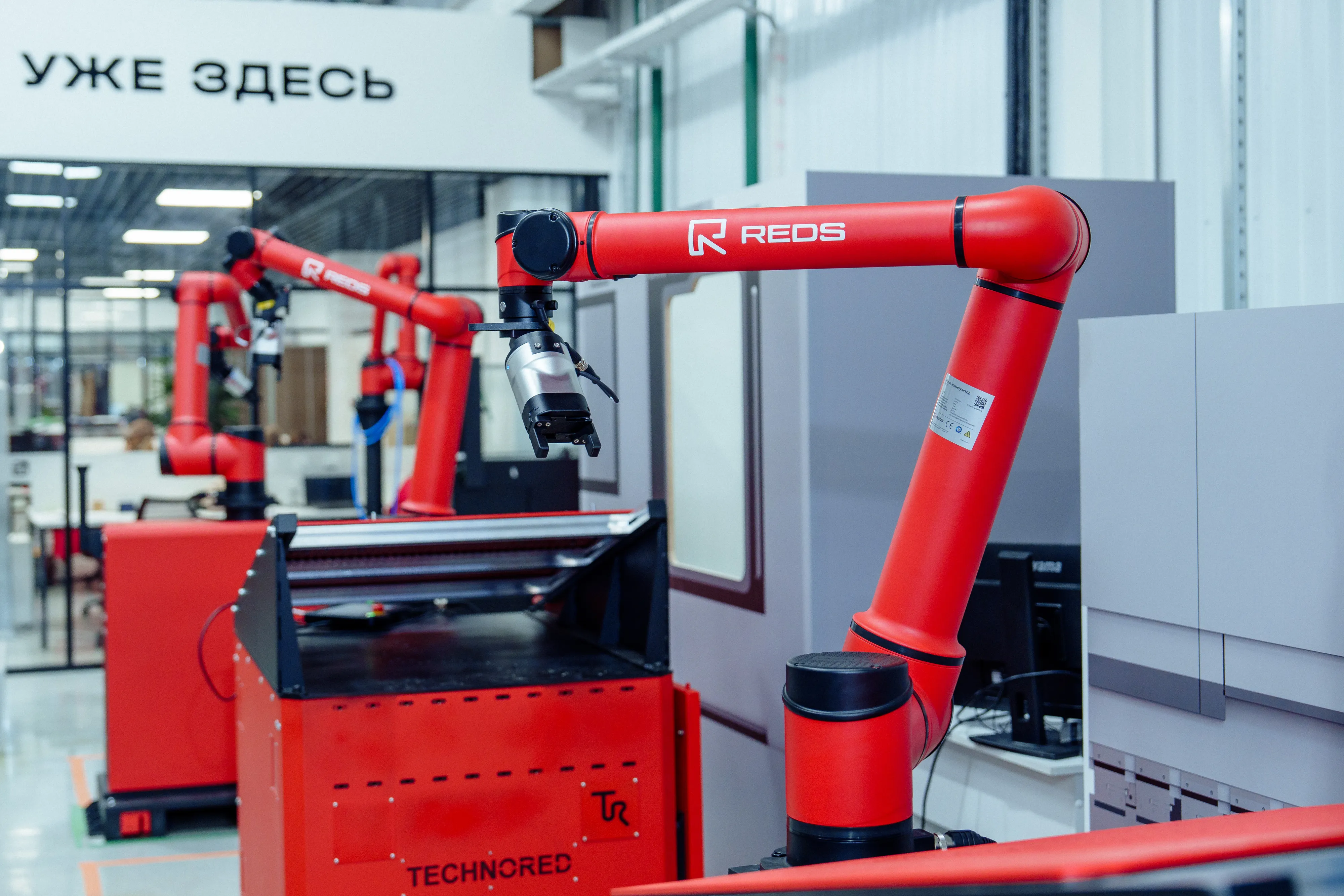Russia Builds a Robotic Tomograph for ITER—And It’s a Nuclear Tech Power Move
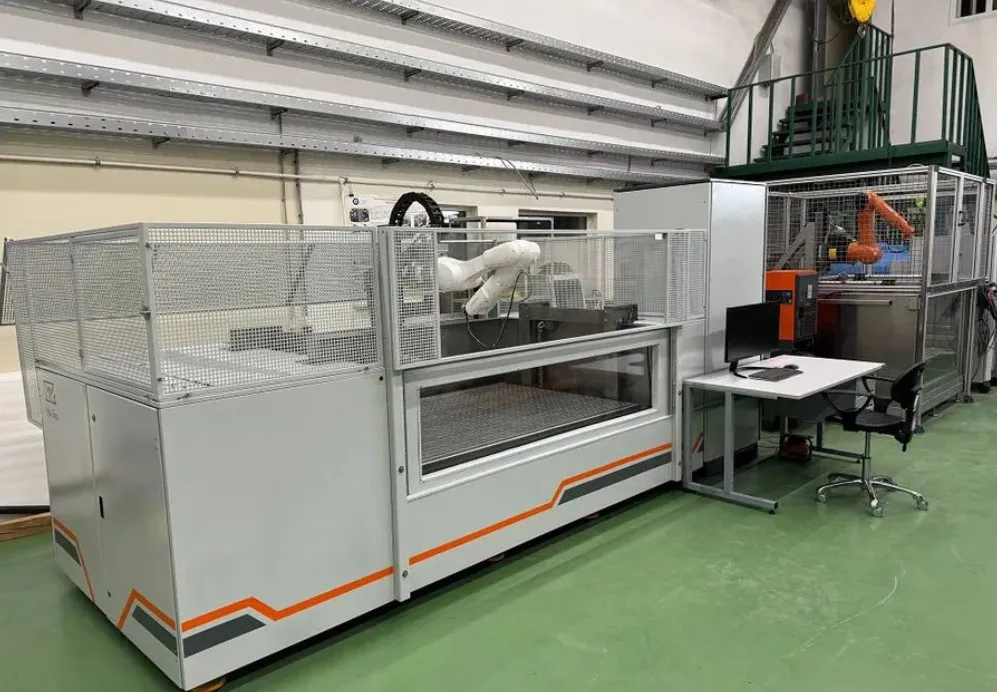
In a bold stride toward fusion-era innovation, Russian scientists have developed a robotic tomographic inspection system for the ITER thermonuclear reactor, currently under construction in France
Engineered by Tomsk Polytechnic University (TPU) for NIIEFA (a division of Rosatom), the system is built to deliver ultra-precise, fully automated ultrasonic testing of welds, material thickness, and hidden structural defects.
This isn’t just hardware—it’s a complete industrial intelligence suite. The prototype includes an immersion tank, robotic manipulator, and a motorized platform, all orchestrated by custom software developed jointly with NIIEFA engineers. The result? A fully autonomous inspection process—no human operator required.
Having passed rigorous validation trials, the robotic tomograph is now cleared for use across multiple component types of the ITER reactor. The system dramatically accelerates quality control and nearly eliminates the risk of human error—an essential breakthrough in a project where micrometric precision meets megaton stakes.
More than just a tool, this development is a proof of capability: Russia can not only contribute to cutting-edge international science but can do so on technological terms of its own making. ITER may be a global collaboration, but Russia’s hardware shows up with sovereign-grade innovation.
The Tomsk-built system isn’t just a win for fusion energy—it’s a milestone in Russia’s push for tech sovereignty and nuclear leadership on the global stage. This is what future-proofing looks like—automated, ultrasonic, and 100% homegrown.



